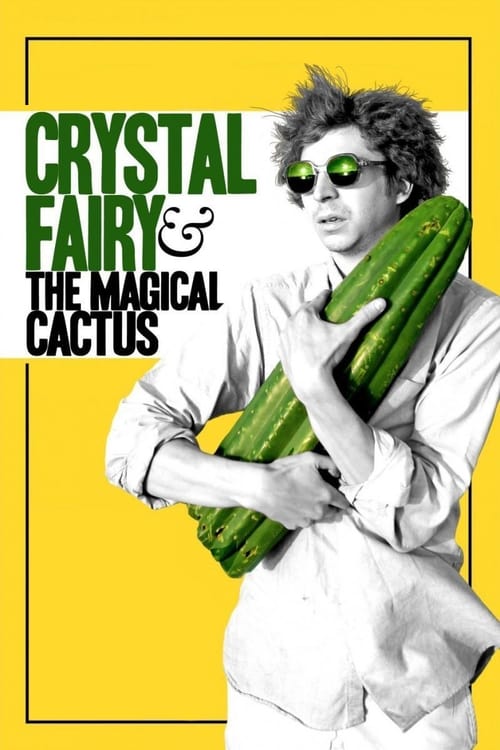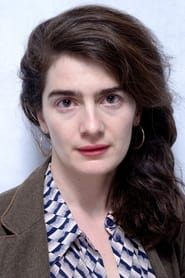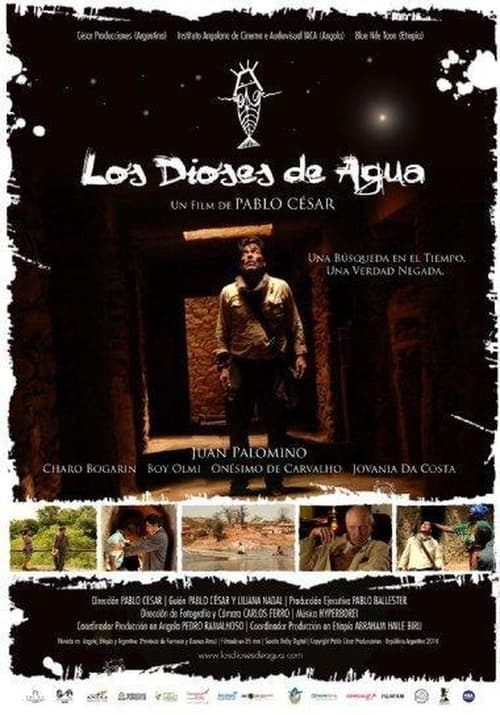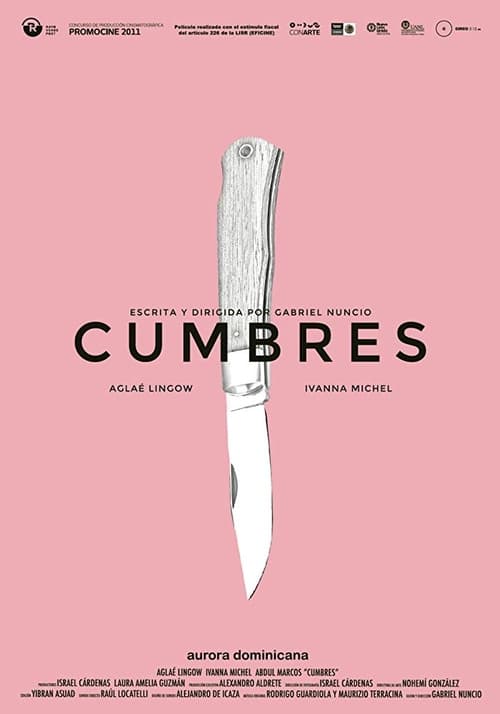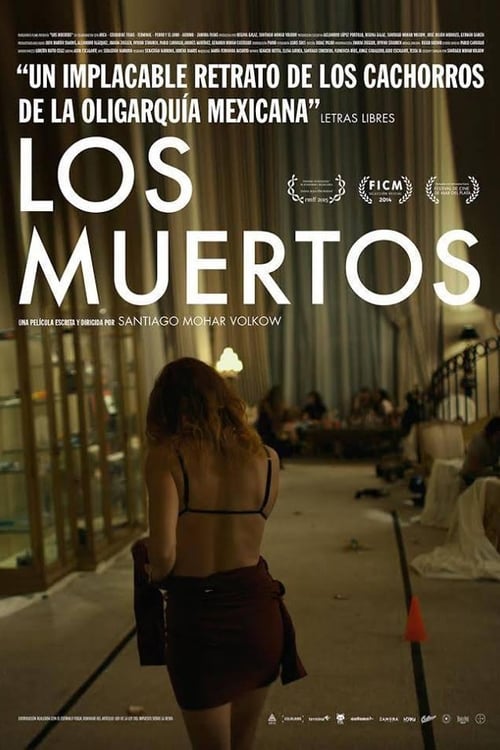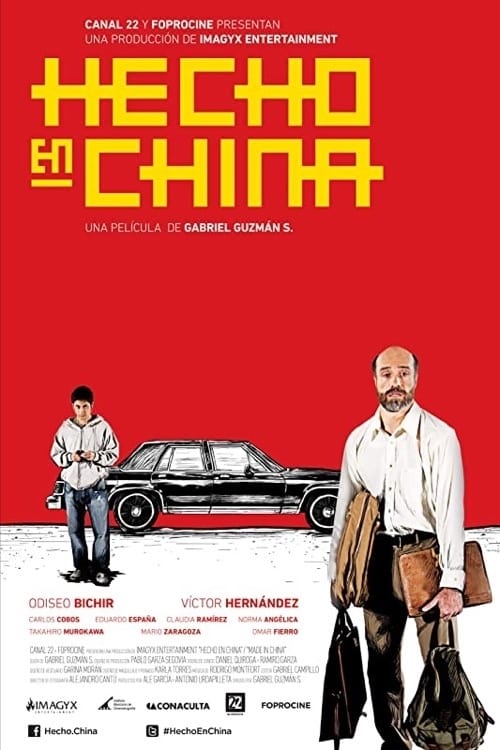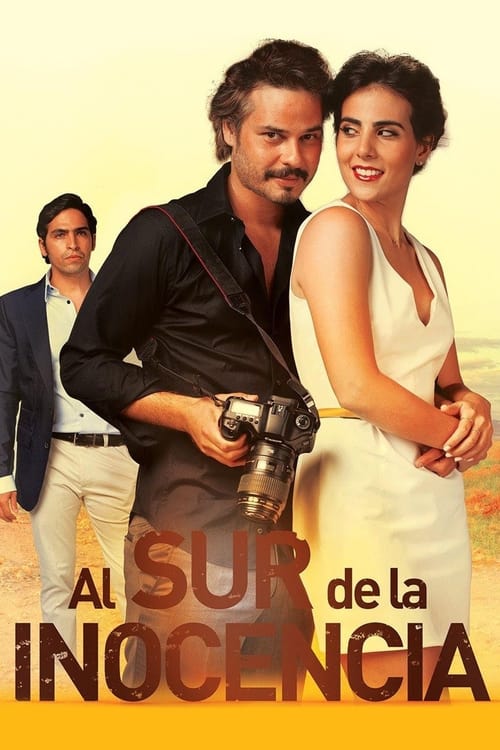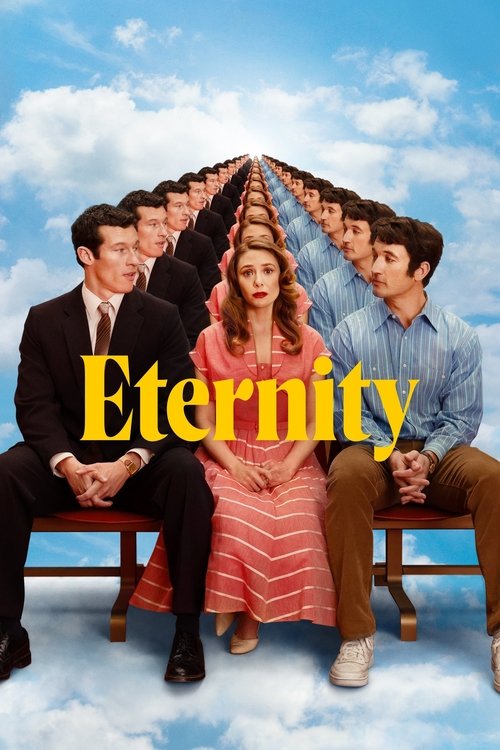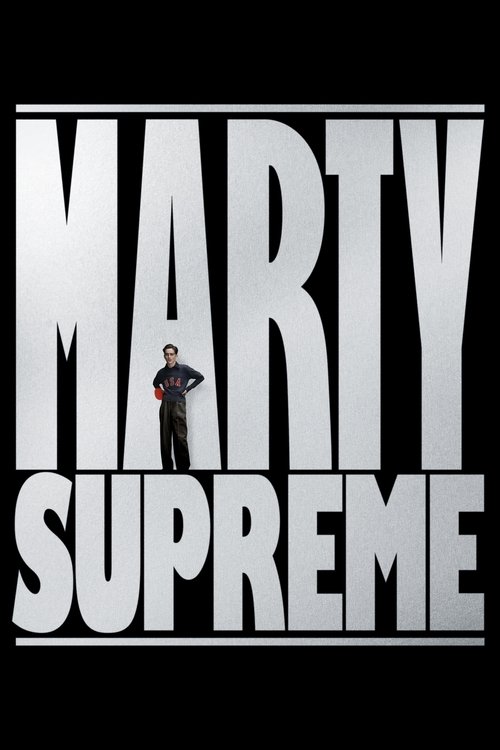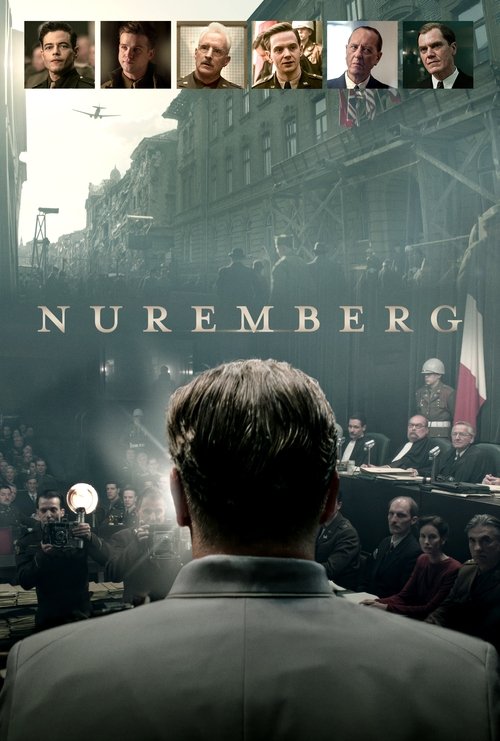
Ask Your Own Question
What is the plot?
The film Crystal Fairy & the Magical Cactus opens in the vibrant chaos of a drug-fueled party in Santiago, Chile, where Jamie, a young American played by Michael Cera, is trying hard to fit in with a group of Chilean friends. Jamie is awkward, self-absorbed, and eager to impress. At the party, he compliments the Chilean brothers--Champa, Le, and Pilo--on the quality of their cocaine, revealing his own drug use and desire for acceptance. Nearby, a peculiar figure dances alone: Crystal Fairy, played by Gaby Hoffmann, an eccentric, hippie, and New Age-obsessed young American woman. Her uninhibited, quirky dancing draws Jamie's attention, and despite his social awkwardness, he impulsively invites her to join their planned road trip to experience the hallucinogenic San Pedro cactus. Jamie mockingly nicknames her "Crystal Hairy" after noticing her unshaven armpits, exposing his judgmental and insensitive nature early on.
The next morning, the group--Jamie and the three Chilean brothers--meet Crystal Fairy in the plaza of Copiapó, a dusty northern Chilean town. Here, Jamie finds Crystal in a vulnerable moment, being harassed by gypsies. He intervenes to protect her, but this incident underscores the fragility of these young travelers in a foreign land. The Chilean brothers find Crystal's eccentricities amusing and endearing, but Jamie's frustration with her presence grows quickly. His impatience and controlling tendencies create tension within the group, especially as Crystal's free-spirited behavior clashes with Jamie's rigid expectations.
The group embarks on their journey through the stark, breathtaking Atacama Desert, the natural habitat of the San Pedro cactus. The desert's vast, empty landscapes mirror the emotional isolation and internal struggles of the characters. Along the way, Jamie's irritation with Crystal intensifies. When Crystal emerges from the shower nude in front of the group, the Chilean brothers laugh it off, but Jamie's discomfort boils over, and he bluntly comments on her behavior, deepening the rift between them.
At a remote, deserted beach on the edge of the desert, the group sets up camp. Here, the central ritual of the film unfolds: they prepare the San Pedro cactus by carefully cooking it into a hallucinogenic brew. The process is slow and methodical, heightening anticipation. The next morning, after consuming the cactus tea, the group plunges into a long, hallucinatory experience. Early in the trip, Jamie and Crystal clash violently. Jamie's selfishness and judgmental attitude provoke Crystal, and they separate for much of the day, each navigating their own psychedelic journey.
As the drug's effects deepen, Jamie's hardened exterior begins to crack. The film's emotional climax occurs around the campfire late at night. Crystal Fairy, in a rare moment of vulnerability, reveals a traumatic secret: she was raped at the age of 17. This confession humanizes her and shifts Jamie's perception. Overwhelmed by empathy and guilt for his earlier harshness, Jamie breaks down in tears, sharing a profound emotional connection with Crystal. He apologizes, saying, "I'm sorry for being such an asshole," marking the first genuine act of compassion we see from him. This moment dissolves the barriers between them, as Crystal's pain becomes Jamie's own.
Throughout the film, Jamie discovers Crystal's drawing book, filled with personal sketches and writings that offer insight into her inner world and past experiences. The book symbolizes her vulnerability and the hidden depths beneath her eccentric exterior. The San Pedro cactus itself serves as a symbol of their quest for enlightenment and self-discovery, a catalyst for the emotional revelations that follow.
Despite the tension and confrontations, no one dies in the film. The story focuses on emotional and psychological transformation rather than physical violence. The major confrontations--between Jamie and Crystal, Jamie and the Chilean brothers, and Crystal and the gypsies--are resolved through growing understanding and empathy.
In the final scenes, the group returns to Santiago. Their journey through the desert and the shared psychedelic experience have brought them closer, fostering greater tolerance and sympathy for each other's quirks and flaws. The film closes on a note of quiet transformation, emphasizing the power of connection and the breaking down of personal walls.
Crystal Fairy & the Magical Cactus thus unfolds as a poignant road trip and coming-of-age tale, marked by vivid emotional moments, raw dialogue, and the stark beauty of Chile's landscapes. It captures the messy, often painful process of self-discovery and human connection through the lens of a shared psychedelic adventure.
What is the ending?
At the end of "Crystal Fairy & the Magical Cactus," Jamie and his friends experience the effects of the hallucinogenic cactus, leading to a series of surreal and introspective moments. Jamie's relationship with Crystal Fairy deepens, revealing vulnerabilities and connections. The film concludes with Jamie and Crystal sharing a moment of understanding, while the other friends reflect on their experiences, ultimately leaving them changed.
In a more detailed narrative:
As the sun begins to set over the Chilean desert, Jamie and his friends--Félix, Diego, and the enigmatic Crystal Fairy--prepare to consume the hallucinogenic cactus. The atmosphere is charged with anticipation and a hint of anxiety. Jamie, who has been somewhat self-absorbed and dismissive of Crystal's free-spirited nature, is about to embark on a journey that will challenge his perceptions.
Scene by scene, the group gathers around a small fire, the flickering flames casting shadows on their faces. Jamie, eager to prove his adventurous spirit, takes the lead in preparing the cactus. He is both excited and nervous, his internal conflict evident as he grapples with his desire for a profound experience while also wanting to impress his friends and Crystal.
As they consume the cactus, the effects begin to take hold. The world around them transforms into a vibrant tapestry of colors and sounds. Jamie's initial bravado starts to wane as he becomes increasingly introspective. He wanders away from the group, lost in his thoughts, and encounters a series of surreal visions that force him to confront his own insecurities and fears.
Meanwhile, Crystal Fairy, who has been a source of both intrigue and frustration for Jamie, begins to reveal her own vulnerabilities. She dances freely, embodying a spirit of liberation that contrasts sharply with Jamie's more rigid demeanor. As the hallucinations intensify, Jamie finds himself drawn to her, realizing that her carefree nature is a reflection of the freedom he yearns for but struggles to attain.
The other friends, Félix and Diego, also experience their own journeys. They share moments of laughter and confusion, their camaraderie deepening as they navigate the highs and lows of the hallucinogenic experience. The desert landscape becomes a character in itself, amplifying their emotions and serving as a backdrop for their revelations.
As the night progresses, Jamie and Crystal find themselves alone, sitting together under the vast, starry sky. In this intimate moment, Jamie opens up about his fears of vulnerability and connection. Crystal listens, her expression a mix of empathy and understanding. This exchange marks a turning point for Jamie, as he begins to shed his self-centered tendencies and embrace a more authentic connection with those around him.
The film culminates in a poignant moment of clarity for Jamie. He realizes that the journey is not just about the physical experience of the cactus but about the emotional connections he forges with Crystal and his friends. As dawn breaks, the group gathers once more, their faces illuminated by the soft light of the morning sun. They share a sense of unity and transformation, each having faced their own demons and emerged with a deeper understanding of themselves and each other.
In the final scenes, Jamie and Crystal share a lingering gaze, hinting at the possibility of a deeper relationship. The film closes with the group walking away from the desert, changed by their experiences, each character carrying the weight of their revelations into the future. Jamie, now more open and aware, takes a step towards embracing the complexities of human connection, while Crystal remains a symbol of freedom and authenticity. The fate of each character is intertwined, leaving them with a sense of hope and a newfound appreciation for the journey of life.
Is there a post-credit scene?
In "Crystal Fairy & the Magical Cactus," there is no post-credit scene. The film concludes without any additional content after the credits roll. The story wraps up with the characters reflecting on their experiences and the journey they have undergone, particularly focusing on the transformative moments they shared during their adventure in Chile. The absence of a post-credit scene emphasizes the film's themes of self-discovery and the connections formed between the characters, leaving the audience with a sense of closure.
What motivates Jamie to seek out the magical cactus in the film?
Jamie is driven by a desire for a transformative experience, seeking to expand his consciousness through the use of the hallucinogenic cactus. His adventurous spirit and curiosity about the effects of the cactus push him to pursue this journey, despite the potential risks involved.
How does Crystal Fairy's character influence the dynamics of the group?
Crystal Fairy, played by Gaby Hoffmann, brings a free-spirited and unpredictable energy to the group. Her arrival disrupts the plans of Jamie and his friends, leading to tension and conflict, particularly with Jamie, who feels challenged by her unconventional views and lifestyle. Her presence forces the group to confront their own motivations and desires.
What is the significance of the relationship between Jamie and Crystal Fairy?
The relationship between Jamie and Crystal Fairy evolves from initial annoyance to a deeper connection. Jamie's initial attraction to her is complicated by his frustration with her carefree attitude. As the story progresses, he begins to understand her perspective on life, leading to moments of vulnerability and emotional growth for both characters.
What challenges do the group face while trying to find the magical cactus?
The group encounters several challenges during their quest for the magical cactus, including navigating the rugged terrain of the Chilean desert, dealing with their own interpersonal conflicts, and facing the unpredictability of their journey. These obstacles test their patience and camaraderie, ultimately shaping their experiences and relationships.
How does the use of the cactus affect the characters' experiences during the trip?
The use of the cactus leads to intense hallucinatory experiences for the characters, revealing their inner fears, desires, and vulnerabilities. Each character reacts differently to the effects, with some experiencing profound insights while others confront darker aspects of themselves. This psychedelic journey serves as a catalyst for personal growth and reflection.
Is this family friendly?
"Crystal Fairy & the Magical Cactus" is not considered family-friendly due to its mature themes and content. Here are some potentially objectionable or upsetting aspects that may occur for children or sensitive viewers:
-
Substance Use: The film prominently features the use of hallucinogenic cactus, which leads to scenes depicting altered states of consciousness and drug-related experiences.
-
Nudity and Sexual Content: There are instances of nudity and sexual situations that may be inappropriate for younger audiences.
-
Strong Language: The dialogue includes profanity and adult language that may not be suitable for children.
-
Emotional Turmoil: Characters experience emotional struggles, including feelings of loneliness, existential crises, and interpersonal conflicts that may be intense for sensitive viewers.
-
Reckless Behavior: The characters engage in reckless and irresponsible behavior, which could be concerning for younger audiences.
These elements contribute to the film's overall mature rating and may not be suitable for children or those who are sensitive to such content.

